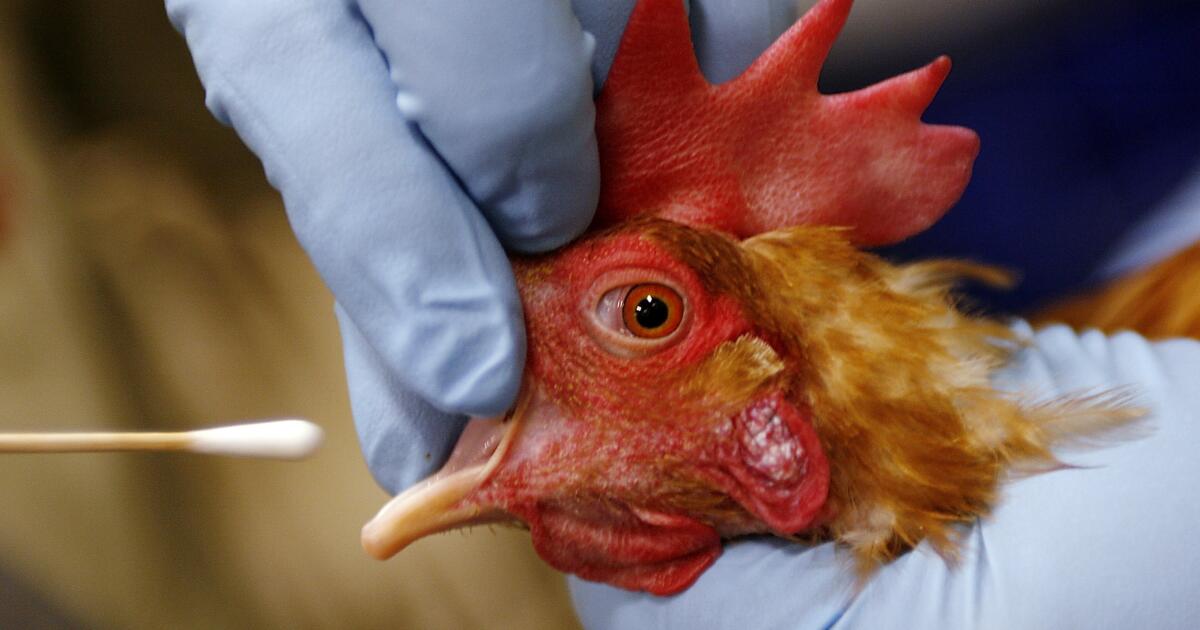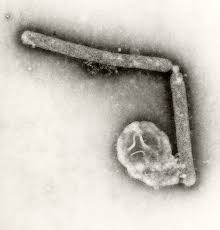A recent tragic occurrence in Louisiana has brought to light concerns about the H5N1 bird flu virus. The first human fatality due to highly pathogenic avian influenza in the United States was reported in a patient who was over 65 years old and had underlying medical conditions. This individual contracted the H5N1 virus after exposure to a mix of backyard flock and wild birds.
Despite this sad development, Louisiana health authorities have not detected any instance of person-to-person transmission of the virus within the state. They maintain that pasteurized dairy products are safe for consumption. Dr. Diego Diel, a virologist at Cornell University, believes that the overall risk remains low, but stresses the importance of people being cautious and avoiding contact with wildlife and sick animals.
In a concerning revelation, it was mentioned that the deceased patient had mutations in the virus that could potentially enhance its ability to infect humans. The Centers for Disease Control and Prevention discovered that the mutations did not initially exist in samples taken from the backyard flock, hinting that they may have developed within the patient during the illness progression.
Following this distressing incident, a Canadian teenager infected with H5N1 bird flu thankfully made a full recovery after battling the severe disease in an intensive care unit. However, genetic analysis of the virus isolated from her body showed alarming mutations that may have facilitated its capacity to target human cells more effectively, resulting in severe illness.
Published in the New England Journal of Medicine, the case of the Canadian teen was closely examined, indicating an increase in the ability of the virus to infect human cells. This revelation is significant, considering the 66 reported human cases of H5N1 bird flu in the U.S. in 2024. The information from the study underscores the necessity for stringent monitoring and precautions to prevent the spread of the virus.
The teenage patient's journey with H5N1 was tumultuous, marked by symptoms like cough, diarrhea, respiratory distress, and other severe conditions. To combat the infection, she underwent intensive medical interventions, including antiviral medications and life support techniques like extracorporeal membrane oxygenation.
Genetic sequencing of the virus found in the Canadian patient showed similarities with strains circulating in wild birds, indicating the potential source of transmission. Notably, similar mutations were also noted in a Louisiana patient affected by H5N1, suggesting an increased ability of the virus to replicate in human cells.
These developments highlight the evolving nature of the H5N1 virus and the challenges it poses in terms of infectivity and severity. Experts emphasize the importance of vigilance and prompt medical attention to mitigate the risk of potential outbreaks and severe cases of avian influenza. Vigilance, public health measures, and research efforts remain crucial in tackling the threat posed by bird flu viruses like H5N1.



